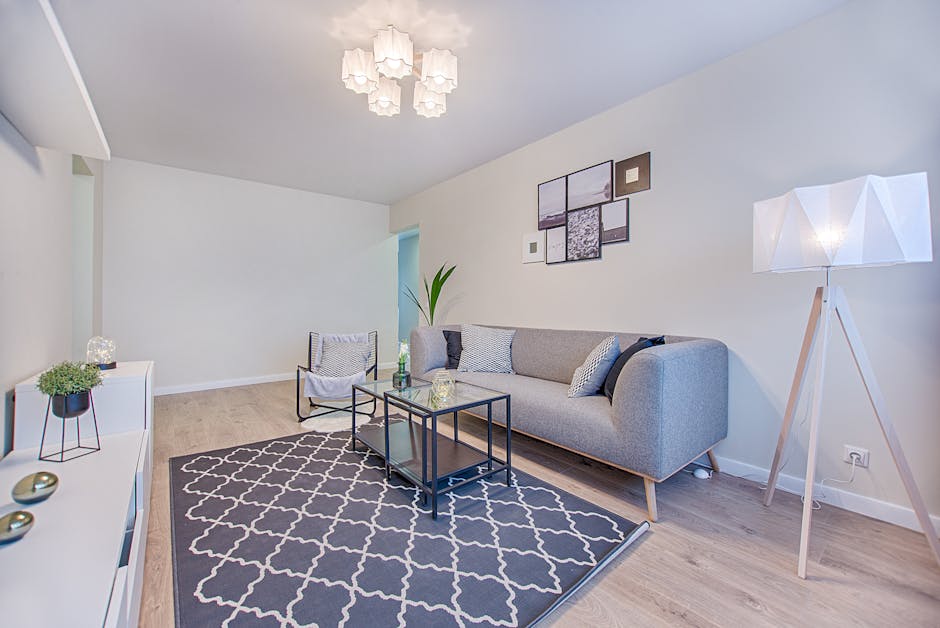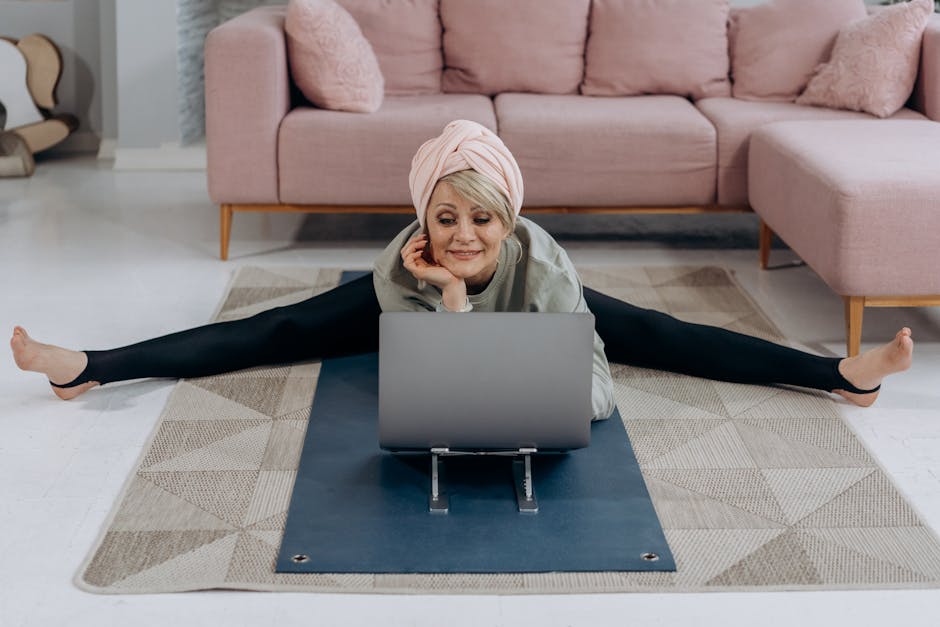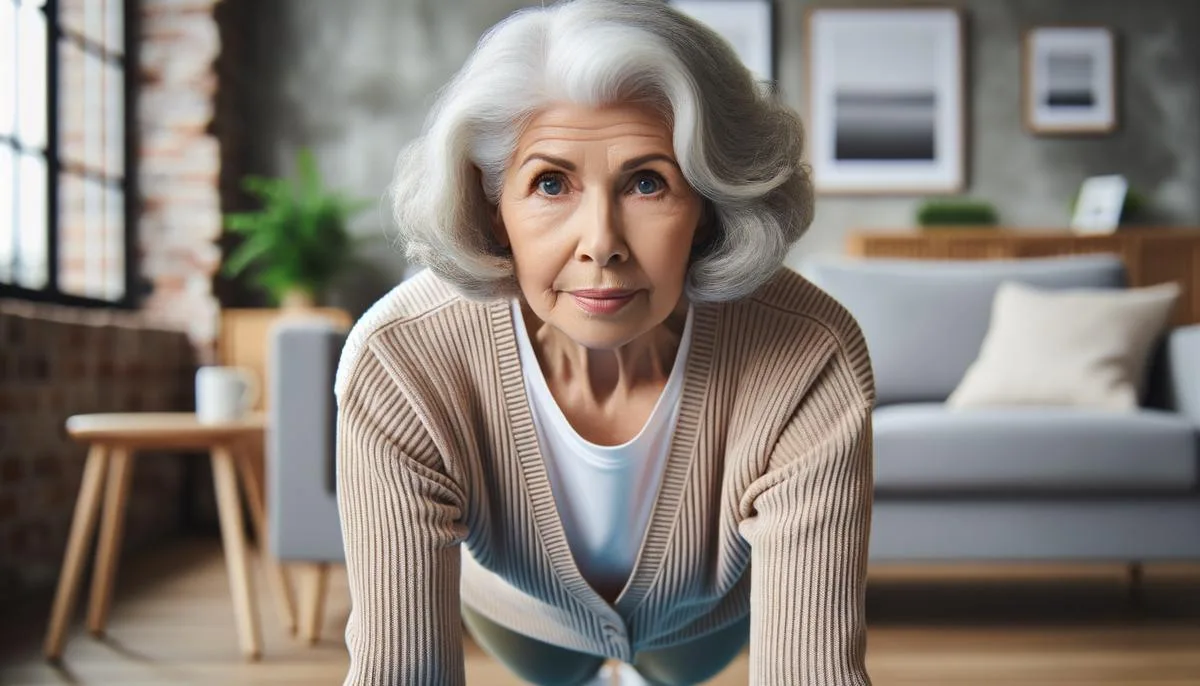Understanding Fall Risks and Prevention
Maintaining our balance gets trickier as we age. Bodies change, muscles may not be as robust, and our risk for falls increases. But understanding these risks doesn't mean we have to accept them. Awareness of fall risks is the first step toward prevention, especially for retirees eager to enjoy their golden years to the fullest. Here's how a little knowledge and some straightforward strategies can keep you upright and thriving.
Step 1: Recognize the Risks
It starts with recognizing what increases our risk of falling, such as:
- Medication side effects
- Poor vision
- Loss of strength
- Loose rugs on the floor
Understanding these risks can motivate us to address them.
Step 2: Physical Activity for the Win
One of the most effective tools for fall prevention is keeping on the move. Regular physical activity strengthens muscles, improves balance, and enhances flexibility. Activities like Tai Chi, walking, and water aerobics are practical ways to improve stability.1
Step 3: Footwear Matters
Your shoe choice plays a role in preventing falls. Choose well-fitting, sturdy shoes with nonslip soles for better stability.
Step 4: Make Your Home a Safe Haven
Look around your house for fall hazards. Secure loose rugs, remove clutter on the floor, and ensure your home is well-lit. These adjustments can help prevent falls.
Step 5: Check In With Your Doctor
Your health provider can offer personalized advice based on your specific health needs, from reviewing medications that might affect your balance to suggesting targeted exercises.
Step 6: Lean on Assistive Devices If Needed
Using tools designed to keep you safe, like grab bars in the bathroom, a sturdy chair in the shower, or a walking stick, can offer extra stability when needed.
By becoming aware of fall risks and taking proactive steps to mitigate them, retirees can safeguard their independence and well-being. Embrace these strategies, ready to tackle your most adventurous years yet with confidence. Remember, falls might be common, but with these preventive measures, they can be reduced.2 Keep moving, stay aware, and continue to stand tall.

Essential Fall Prevention Exercises
Focusing on key exercises can greatly enhance stability and minimize the chances of falls, a concern that's especially pronounced as we age. These exercises are simple, effective, and can be integrated into your daily routine.
Strengthening Lower Body and Improving Balance:
1. Sit to Stand:
This exercise strengthens your thighs, buttocks, and lower back—all crucial for maintaining balance. Start by sitting at the edge of a sturdy chair with your feet flat on the ground. Lean slightly forward and push through your heels to stand up, then slowly sit back down. Aim for 5-10 repetitions.
2. Hip Flexion and Extension:
This exercise enhances the flexibility and strength of your hip muscles. Stand beside a chair, using it for support if needed. Keep your body straight and lift one knee toward your chest, then lower it and extend the same leg behind you, keeping it straight. Do 5-10 repetitions on each side.
3. Tightrope Walk:
The Tightrope Walk improves your steadiness on your feet. Imagine a straight line on the floor. Walk heel-to-toe along this line for 10-20 feet, then reverse, walking toe-to-heel. This exercise challenges your balance and strengthens the stabilizing muscles around your ankles and hips.
4. Side Lunge:
Side lunges work on your inner and outer thigh muscles, enhancing lateral movement stability. Start with your feet together, step out to the side with one foot, then bend your knee while keeping the other leg straight. Push back to the starting position. Perform 3-5 lunges on each side.
Incorporating these exercises into your routine builds muscle strength and improves balance, lowering the risk of falls. Consistency is key; practicing these movements regularly will provide the most benefit. Also, consider integrating activities like yoga or tai chi for additional balance and flexibility training.3 With a combination of strategic exercises and safety measures, like ensuring a fall-proof living environment, you're setting a foundation for stability and independence through your years.

- Rubenstein LZ. Falls in older people: epidemiology, risk factors and strategies for prevention. Age Ageing. 2006;35 Suppl 2:ii37-ii41. doi:10.1093/ageing/afl084
- Stevens JA. The STEADI tool kit: a fall prevention resource for health care providers. IHS Prim Care Provid. 2013;39(9):162-166.
- Cadore EL, Rodríguez-Mañas L, Sinclair A, Izquierdo M. Effects of different exercise interventions on risk of falls, gait ability, and balance in physically frail older adults: a systematic review. Rejuvenation Res. 2013;16(2):105-114. doi:10.1089/rej.2012.1397
Let Writio’s AI write your web content! This article was written by Writio.
Thank you for reading this post, don't forget to subscribe to our free newsletter
!
